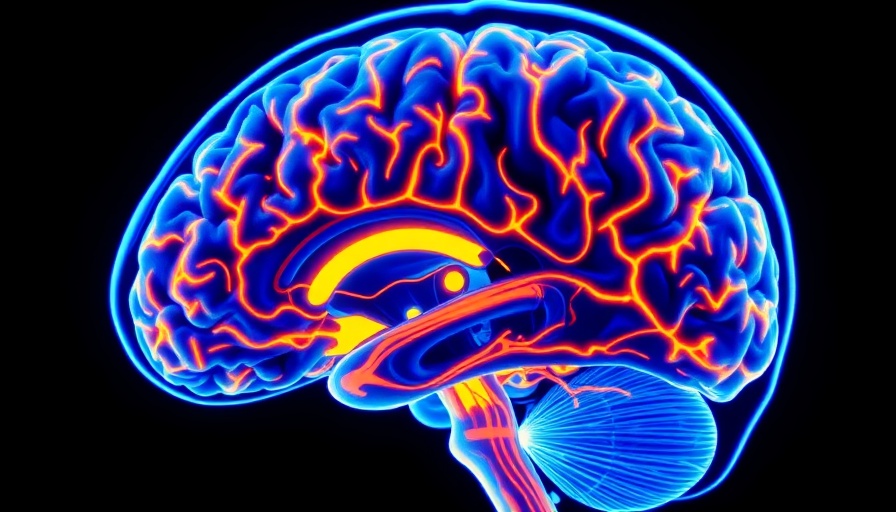
The Dawn of Quantum Breakthroughs: A Game Changer
Imagine holding a tiny chip in the palm of your hand that has the potential to reshape our understanding of the universe and revolutionize medical science. This is not science fiction; it's the groundbreaking work of Assistant Professor Aakash Sahai from the University of Colorado Denver. This thumb-sized quantum device could pave the way for gamma ray lasers that target and eradicate cancer cells at their atomic core without harming surrounding healthy tissue.
Exploring the Multiverse: Unlocking Fundamental Questions
In addition to its medical applications, Sahai's development allows scientists to probe existential inquiries about our universe. Could it validate Stephen Hawking's multiverse theory and affirm that alternate realities exist? By escaping the limitations imposed by massive particle colliders, such as the 16.7-mile-long Large Hadron Collider at CERN, this chip could enable experiments that were previously deemed impractical or impossible.
Myth-Busting Quantum Technologies: What You Need to Know
Despite the immense potential of this new technology, some may still cling to misconceptions surrounding quantum devices. Unlike traditional machinery that harnesses enormous amounts of energy, Sahai's chip operates on a much smaller scale while delivering unprecedented electromagnetic fields. By understanding how these devices work, skeptics can appreciate their promise in transforming both physics and medicine.
Inside the Technology: How It Works
Sahai’s chip generates extreme electromagnetic fields when electrons in specialized materials vibrate at hyper-accelerated speeds. This process represents a significant leap forward, as manipulating these fields in compact form eliminates the need for costly research facilities. The implications for both theoretical physics and applied science are monumental, indicating a new era in research capabilities.
Bridging Physics and Medicine: The Next Frontier
As we delve deeper into this innovative technology, it becomes evident that the convergence of quantum mechanics and healthcare could lead to a future where diseases previously deemed untreatable may be eliminated. The technology could significantly enhance our diagnostic and treatment processes, unlocking possibilities that reflect some of the more fantastic elements of science fiction.
The Broader Impact: Cultural and Societal Relevance
This tiny chip doesn't just stand to impact the realms of science and medicine; it holds the capacity to change societal perspectives as well. As communities increasingly value scientific literacy, discovering such profound advancements may inspire a new generation of innovators who see themselves as active participants in the scientific narrative. The educational implications are staggering, inviting fresh dialogue about the intersection of technology, ethics, and future possibilities.
Expectations and Challenges: What Lies Ahead?
While optimism surrounds Sahai’s breakthrough, there are undoubtedly challenges to navigate. From regulatory hurdles in medical applications to the inherent complexities of quantum technology commercialization, the journey from concept to widespread use will not be devoid of obstacles. However, with strategic planning and interdisciplinary cooperation, the hurdles can be overcome, making the pursuit of knowledge easier and more accessible.
Conclusion: Join the Quantum Revolution
As we stand on the brink of profound scientific evolution, understanding the implications of this chip is crucial. It may redefine not only our tactics against diseases like cancer but also challenge the very fabric of reality as we perceive it. The merging of technology and wellness could soon lead us to frontiers previously confined to our imaginations. Stay informed and engaged with developments in quantum technology to be a part of this exciting revolution.
 Add Element
Add Element  Add Row
Add Row 



Write A Comment